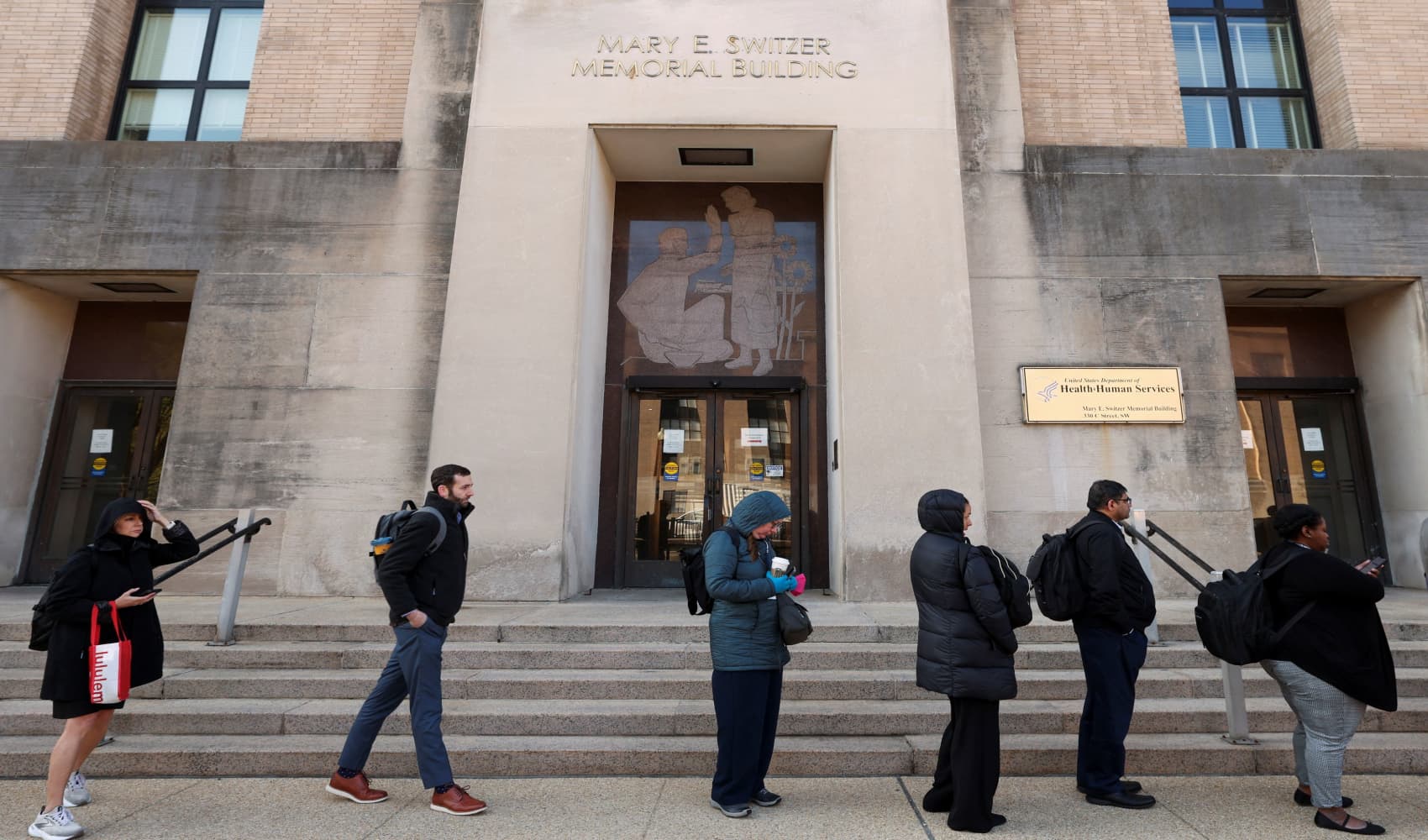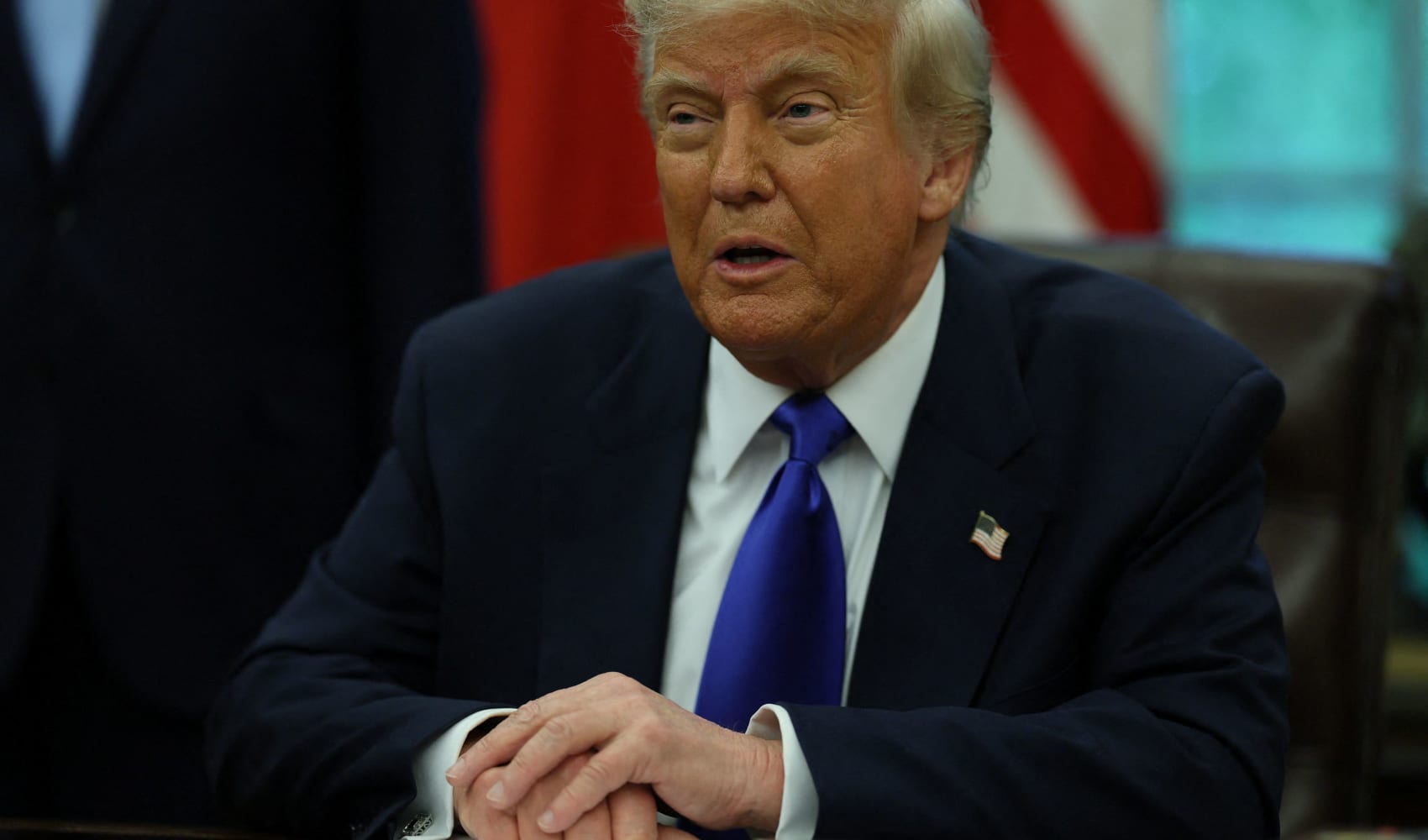RFK Jr's HHS Cuts: Health Disparities Worsening?
RFK Jr.'s HHS Overhaul: Gutting Minority Health, Widening Disparities?
Introduction: A Shifting Landscape at HHS
Is the landscape of healthcare changing, and are some being left behind? It certainly seems that way with recent developments at the Department of Health and Human Services (HHS). Robert F. Kennedy Jr.'s restructuring efforts have sparked concern and controversy, particularly regarding the significant cuts impacting minority health offices. But what does this really mean for vulnerable communities and the fight against health disparities? Let's dive in and unpack this complex situation.
The Scope of the Cuts: A Detailed Look
According to recent reports, RFK Jr.'s overhaul isn't just a minor tweak; it's a deep dive. Multiple minority health offices within HHS have been significantly impacted, with some allegedly experiencing layoffs of the majority or even all of their staff, including directors. We’re talking about the people dedicated to addressing health inequities, now potentially out of a job. Think of it like dismantling a bridge mid-construction – progress grinds to a halt.
Specific Offices Affected
While a comprehensive list isn't readily available to the public, it's crucial to understand the types of offices potentially impacted. These typically include:
- Offices focused on specific racial and ethnic minority health concerns.
- Divisions addressing health disparities related to socioeconomic status.
- Programs dedicated to improving access to care in underserved communities.
Quantifying the Losses: Numbers and Impact
We need to ask, just how many people are we talking about? And more importantly, what was the budget of these offices, and what programs are now at risk? Concrete numbers would paint a clearer picture of the severity of the situation. Without adequate funding and personnel, these offices risk becoming shells of their former selves.
Health Disparities: A Looming Threat
Health disparities are already a significant challenge in the United States. Certain populations face disproportionately higher rates of chronic diseases, limited access to care, and poorer health outcomes overall. These cuts risk undoing years of progress in bridging those gaps. It's like filling a leaky bucket; you can pour water in, but if the hole isn't fixed, it will always drain out.
The Impact on Access to Insurance
One critical area of concern is access to health insurance. Minority communities often face barriers to obtaining coverage, whether due to language barriers, lack of information, or systemic inequities. If these offices are diminished, who will advocate for equitable access to insurance for these populations?
The Ripple Effect on Healthcare Access
It's not just about insurance; it's about accessing quality healthcare. From primary care to specialized treatments, underserved communities often face geographical, financial, and cultural barriers. Weakening these health offices could exacerbate these existing challenges.
The Justification: What's the Rationale?
What is the reasoning behind these cuts? Are they part of a broader effort to streamline HHS, reduce spending, or reallocate resources? It's vital to understand the underlying rationale to assess whether these changes are justified and whether alternative solutions were considered. Transparency is key to ensuring accountability.
Efficiency vs. Equity: A Balancing Act
Sometimes, efficiency and equity are seen as competing goals. Can HHS truly become more efficient while simultaneously addressing health disparities? It's a delicate balancing act, and it remains to be seen whether RFK Jr.'s approach can achieve both.
The Role of Innovation and Technology
Are there innovative approaches or technologies that could potentially mitigate the impact of these cuts? Could telehealth, community health workers, or digital health tools play a role in reaching underserved populations? Exploring alternative solutions is crucial to ensure that no one is left behind.
Expert Opinions: Voices from the Field
What do health policy experts have to say about these developments? What are their concerns, and what recommendations do they have for addressing the potential negative consequences? Hearing from independent experts can provide valuable insights and perspectives.
The Potential for Long-Term Damage
The concern is not just about short-term impacts. The long-term consequences of these cuts could be far-reaching, potentially leading to a widening of health disparities and a regression in health outcomes for vulnerable populations. It's essential to consider the long-term implications of these decisions.
The Importance of Data and Research
Investing in data collection and research is crucial to monitor health disparities and evaluate the effectiveness of interventions. Without adequate data, it's difficult to track progress and make informed decisions about resource allocation.
The Political Landscape: Navigating the Challenges
Healthcare is inherently political, and these changes are occurring within a complex political environment. Understanding the political dynamics at play is essential to navigating the challenges and advocating for equitable health policies. It's about understanding the 'why' behind the 'what.'
Stakeholder Engagement: A Collaborative Approach
Addressing health disparities requires a collaborative approach involving government agencies, healthcare providers, community organizations, and advocacy groups. Engaging stakeholders is crucial to ensure that the needs of underserved communities are heard and addressed.
The Power of Advocacy: Amplifying Voices
Advocacy plays a vital role in raising awareness about health disparities and holding policymakers accountable. Amplifying the voices of those most affected by these changes is essential to driving meaningful change. It's about giving a platform to those who are often unheard.
Moving Forward: Charting a Course for Equity
What steps can be taken to mitigate the potential negative impacts of these cuts and ensure that progress toward health equity continues? What are the priorities for moving forward? We need to find innovative solutions that prioritize the health and well-being of all Americans.
Reassessing Priorities: A Call for Action
A critical reassessment of healthcare priorities is needed, focusing on preventive care, community-based interventions, and addressing social determinants of health. It’s time to rethink how we allocate resources and invest in the health of our communities.
A Vision for a Healthier Future
Imagine a future where everyone has equal access to quality healthcare, regardless of their race, ethnicity, or socioeconomic status. It's an ambitious goal, but it's one worth striving for. We can't let cuts to health offices impede our progress.
Conclusion: The Stakes Are High
Robert F. Kennedy Jr.'s overhaul of HHS, with its deep cuts to minority health offices, raises serious concerns about the potential for widening health disparities. The stakes are high, and the long-term consequences could be devastating. It's crucial to understand the rationale behind these changes, engage stakeholders, and advocate for equitable health policies that prioritize the needs of vulnerable populations. It’s time to ask the tough questions and demand accountability. Are we building a healthier America for *all* or just some? Only time will tell, but our collective response will determine the answer.
Frequently Asked Questions (FAQs)
Q1: Why are minority health offices important?
A1: Minority health offices are crucial because they address the unique health challenges and disparities faced by racial and ethnic minority groups. They develop and implement programs tailored to these communities, focusing on prevention, access to care, and culturally competent services. They're essentially the frontline defenders against health inequity.
Q2: What are some examples of health disparities that these offices address?
A2: These offices tackle a wide range of health disparities, including higher rates of chronic diseases like diabetes and heart disease, lower access to preventive screenings, language barriers in healthcare settings, and cultural stigmas that prevent individuals from seeking care. Think of it like this: they're trying to level the playing field in healthcare.
Q3: How could these cuts impact my community, even if I'm not a member of a minority group?
A3: Health disparities affect everyone. When certain populations are sicker, it can strain the entire healthcare system, leading to higher costs for everyone. Addressing these inequities improves public health for all. A rising tide lifts all boats, even if some boats are starting further behind.
Q4: What can I do to help advocate for equitable healthcare?
A4: There are many ways to get involved! You can contact your elected officials, support organizations working to address health disparities, volunteer at local health clinics, and educate yourself and others about the importance of health equity. Every voice counts in the fight for equal healthcare access.
Q5: Where can I find more information about health disparities and efforts to address them?
A5: Reputable sources include the Centers for Disease Control and Prevention (CDC), the National Institutes of Health (NIH), the Agency for Healthcare Research and Quality (AHRQ), and various non-profit organizations dedicated to health equity. Knowledge is power, so arm yourself with information!


